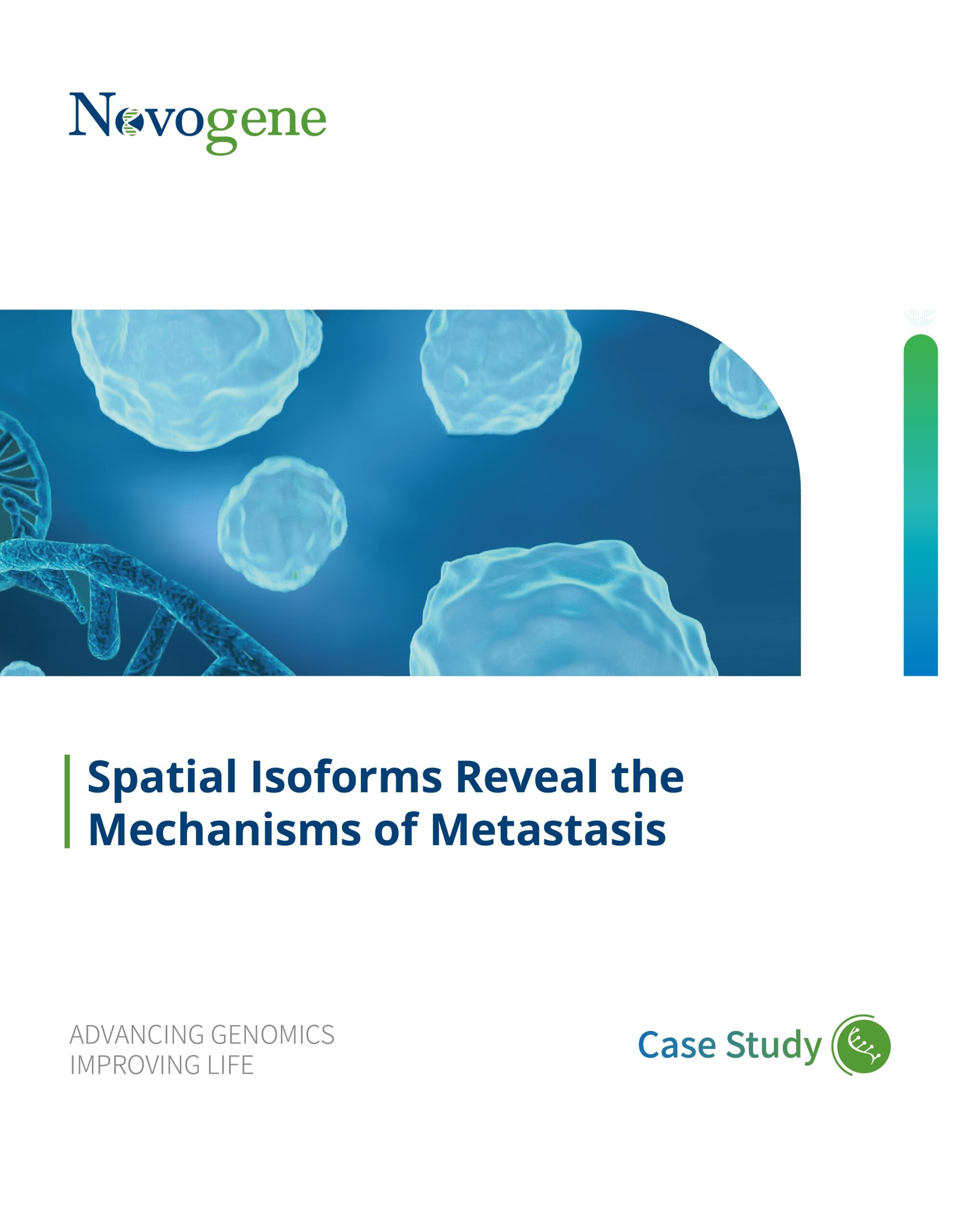Case Study_10x Spatial-Spatial Isoforms Reveal the Mechanisms of Metastasis
Introduction:
Introduction: In esophageal squamous cell carcinoma (ESCC), lymph node (LN) metastasis is associated with poor survival. Emerging evidence has demonstrated elevated CD8+ T-cell levels in metastatic LNs following immunotherapy and increased chemoresistance. Through this case study,see how spatial transcriptome sequencing helps in elucidating the the underlying regulatory mechanisms of CD8+ T cells in chemoresistant/metastatic patients.

